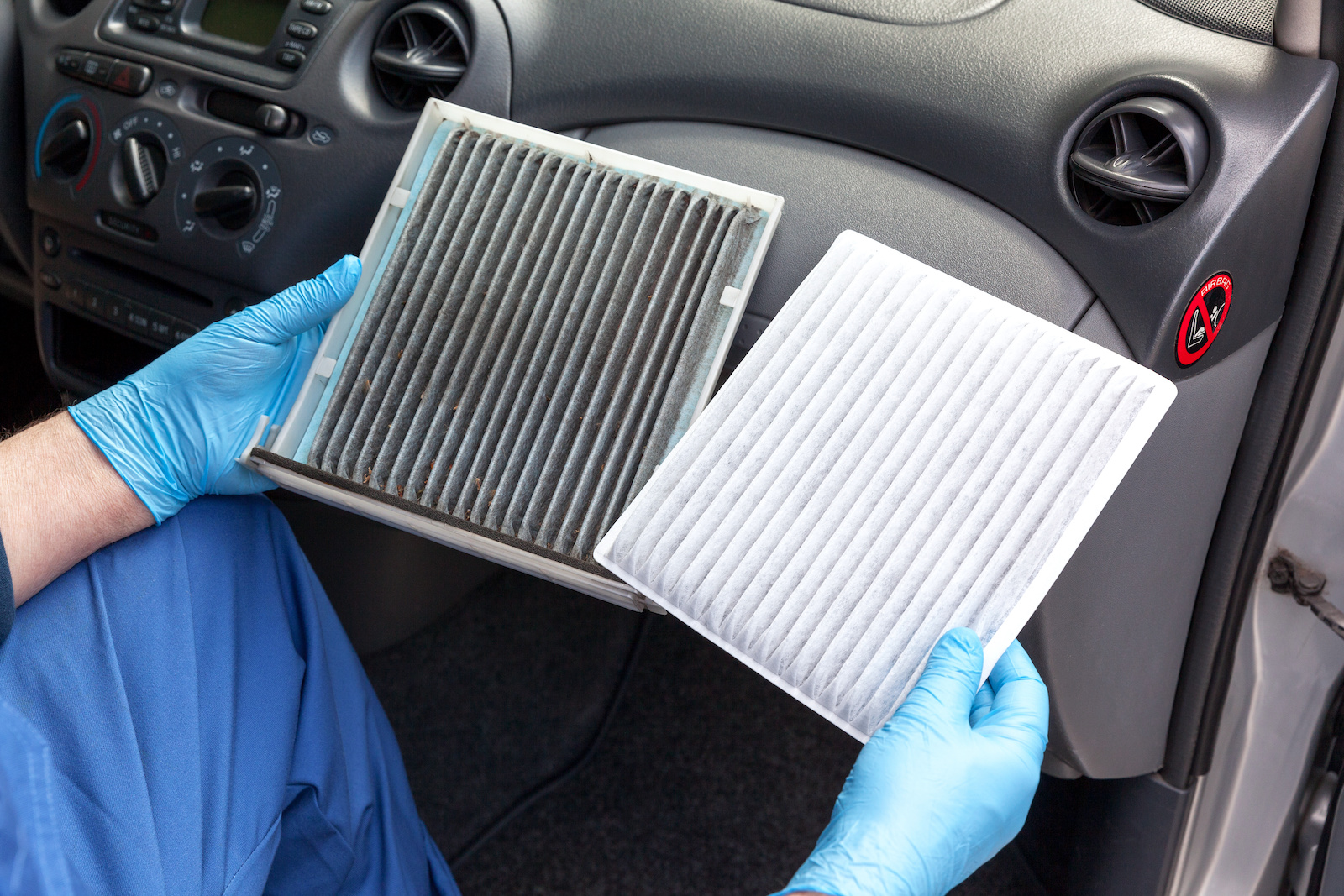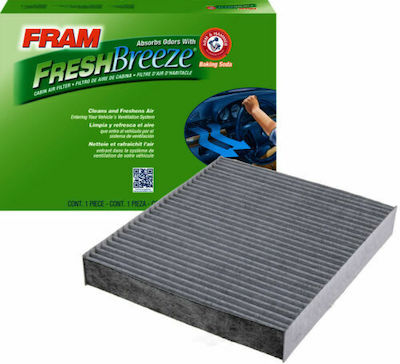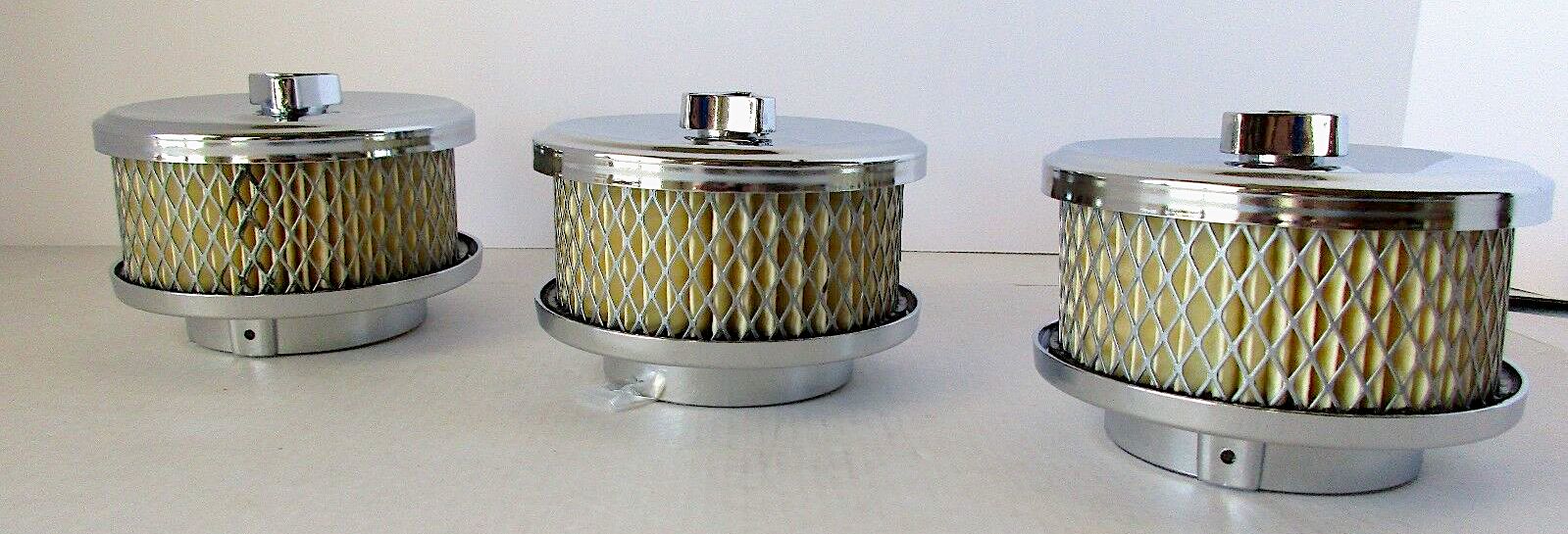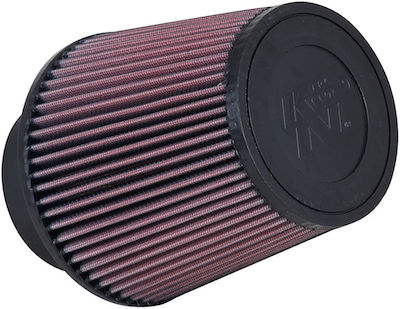Contents
When it comes time for replacing an air filter, you might wonder about the large number of air filter brands and the wide variety of construction. It can be overwhelming. But rest assured that most major brands successfully screen out contaminants, especially if you follow the recommended schedule for replacing a dirty old filter with a fresh, clean one.
If your car is subjected to an environment with excessive airborne dirt and grime, consider a more expensive deluxe air filter. Otherwise, expect to pay less than $25 for a basic air filter that will get the job done.
What Is an Air Filter?
All air filters, no matter where they’re located, do the same job: filtering the air entering your vehicle by trapping dirt, dust, leaves, and other debris.
- An engine air filter typically sits inside a black box under the hood. It’s made with different materials—cotton gauze, paper, and sometimes spongy rubber—which determine durability. Older cars often use a large circular filter atop the engine, while newer models use rectangular or cone-shaped filters.
- The cabin air filter is usually rectangular and sits near the glove box in newer cars. Cabin air filters come in four types: fiber, charcoal, activated charcoal, and electrostatic. The more complex they are, the higher the price.

Replacement, rather than cleaning a cabin air filter, is preferable.
What Air Filters Do
The engine filter ensures the engine gets only clean air. In the same way, the cabin air filter ensures only clean air enters your car’s interior. However, when either becomes dirty or clogged, airflow is restricted, and polluted air can enter the engine or cabin.

Fram FreshBreeze cabin air filters use Arm & Hammer baking soda.
A clean engine air filter allows unrestricted and clean airflow to the engine. Sufficient air in the engine allows for proper combustion, which boosts engine performance and fuel economy. A clean engine will also last longer since it is running optimally.
Similarly, a clean cabin air filter allows car occupants to breathe fresh air, keeping the cabin free from odors. The HVAC system’s life will also be extended because clean filters reduce strain on the system.
When to Change Air Filters
Most air filters in the engine and cabin can last 15,000 to 30,000 miles. You can change them within this period or about once every two years. Check your owner’s manual for the manufacturer’s recommended replacement interval.
How and where you drive plays a big role. You may need to change the filters earlier if you regularly commute in dusty areas.

This gunked-up engine air filter is beyond cleaning. Time to toss it and replace with a brand new filter.
- No matter where you drive, check your filters at every oil change.
- Remove each filter from its compartment and examine it under a bright light.
- If it appears very dark or clogged, replace it immediately.
Most vehicles use a paper filter that must be discarded and replaced when dirty. Some have an air filter that can be cleaned and reused.
Symptoms of Dirty Air Filters
When your engine filter is due for replacement, your car will exhibit the following signs:
Reduced fuel economy – Because dirty filters restrict airflow, the engine won’t get sufficient air to operate. The engine must compensate for the lack of air by using more fuel.
Dirty exhaust fumes – Because the engine uses more fuel, the catalytic converter may get overwhelmed and fail to convert exhaust fumes completely. This results in excess carbon leaving the exhaust.
Dirty or discolored filter – Inspecting your filters is the easiest way to know if they are dirty. Clean filters are usually white but get darker over time as they trap debris. So if they look dirty or dark, it’s time to clean or replace them.
Illumination of check engine light – When the engine doesn’t get enough oxygen, the check engine light will come on. But be sure the air filter is the issue—the check engine light can illuminate for many other reasons.
Performance issues – Because the engine needs to get the correct air-fuel ratio, you may notice a decline in performance, like slower acceleration or struggling to attain high speeds.
Engine failure – Dirt constantly entering the engine increases engine wear and tear, invariably leading to engine damage.
Shop now for OEM air filtersHow to Change the Engine Air Filter
If your vehicle uses a disposable filter, here is an easy way to change it. Most cars will use a paper disposable filter. Often, if a reusable filter was installed, a label will be applied to the filter housing to remind you not to throw it away.

This Tri-Power air cleaner setup uses three filters, one for each carburetor.
Here are the tools you need to replace your vehicle’s air filter.
- Replacement air filter
- Soft, clean cloth or paper towel
- Cleaning solution
- Basin or bucket
- Vacuum cleaner
- Soap and water solution
- Water hose or a tap
- Filter oil
Here are the basic steps to remove, clean, and replace an air filter:
- Ensure the workspace is clean so dirt doesn’t enter the engine when removing the filter.
- Detach the air filter from its housing on the engine by removing the screws, bolts, or clips holding the filter in place.
- Examine the filter under a bright light.
- Replace it if it appears dark or the light doesn’t pass through. Otherwise, clean it. Check for damage, too, especially around the filter’s edge.
The following steps complete the process for all filters:
- Take care to clean dust or other debris from the filter housing. This ensures the housing is clean and dry before reinstalling the filter.
- Place the cleaned or new filter into its housing.
- Check that it’s properly seated by running your fingers along the filter’s edges. Improper installation might damage the filter. Even if it doesn’t damage it, dirt and other contaminants may pass through into the engine and cause issues later.
- With the filter in place, reinstall the bolts, clips, or screws and any connectors or clamps you removed in the first step.
For reusable filters, vacuuming up the dirt and debris is much better than washing, but if you want to clean the filter, follow these steps:
- Pour soap and water into a bucket.
- Put the filter in and swirl it around.
- Remove the filter and shake to remove excess water.
- Rinse the filter under running water, wipe it with a clean towel, and allow it to dry completely.

Reusable K&N RE 0950 universal clamp-on air filter
If your car uses a reusable air filter that relies on oil, follow this procedure:
- Apply a cleaning solution evenly from the outside to the inside.
- Ensure it’s completely soaked, then let it sit for 10 minutes.
- Rinse under low-pressure running water, shake, and allow the filter to dry.
- Oil the filter if needed.
- Wipe off excess oil and let it sit for another 20 minutes.





